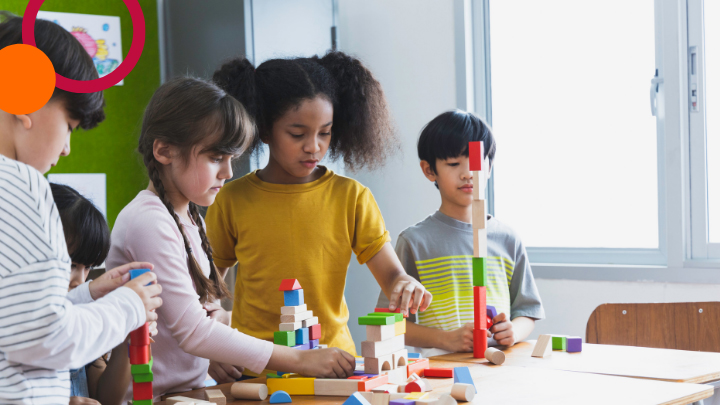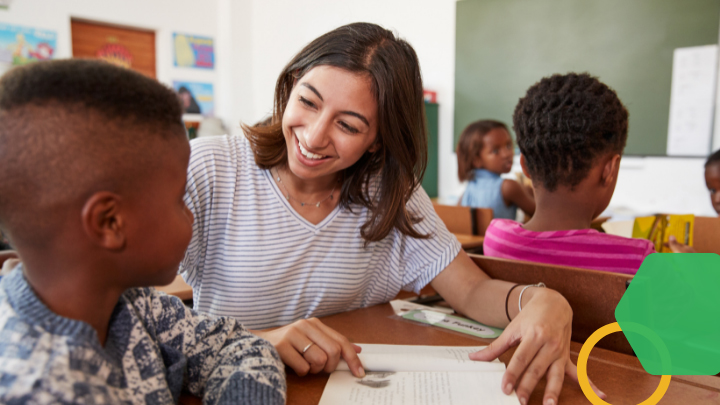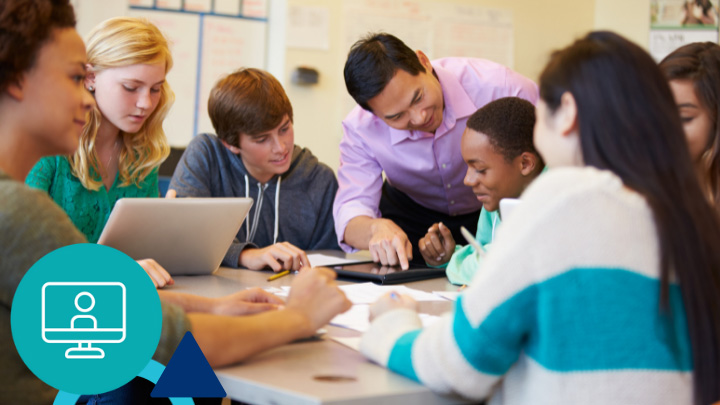Self-awareness and self-management are key components of social-emotional learning (SEL). But how can we cultivate them in our classrooms? What are actionable steps we can take?
As educators, we have numerous responsibilities; with so much to do amongst the course of a day, we might feel stressed or overwhelmed. The same goes for our students, who must balance different classes, teachers, family responsibilities, the pressures of a tech-driven society, and extracurricular activities.
Self-awareness allows us to understand our emotions, thoughts, and values and how those impact our behavior, while self-management is managing those emotions, thoughts, and behaviors effectively.
A key part of developing self-awareness and self-management skills among students is infusing practices into our daily teaching routines to support those skills. We have to think about ways we can make reflection and growth a main component of our classroom culture, not just something we do once in a while.
Here are some ways to create this culture:
Encourage a growth mindset
1. Teach your students about the growth mindset and make growing an important part of your teaching.
Try reflecting after assessments with this concept in mind. You might say, “I noticed we struggled in these two areas on our assessment last week, so we haven’t mastered those yet, but we grew in these three areas!” Similarly, when students use self-management strategies, it will take some time for them to practice and get used to those skills. Honor that growth and share that with your students.
2. Use goal-setting conferences or self-assessment conferences to talk with your students about their strengths and areas in need of growth.
One way to create time for this is by implementing flexible time into your class, such as W.I.N. (Whatever I Need) time. This block of time gives students (and you!) the chance to focus on what needs the most attention at the moment, including giving personalized feedback to each student.
Pause and make space
3. Leave time for reflecting and grappling.
Consider using mindfulness techniques in your classroom and look into developing a mindfulness routine or circle-up. Although you may feel pressed for time during class, think about what wellness practices you can bring into your classroom to benefit you and your students and allow time for reflection. Could you incorporate just a few minutes of quiet mindful breathing before you begin a lesson, reflecting in a journal at the end of a lesson, or a moment to share things not related to content?
4. Recognize and validate emotions
Emotions are a key form of communication, so when you teach about emotions, you are strengthening critical communication and perspective-taking skills in your students, including empathy. Emotions are at the heart of every interaction, so it is no surprise that they drive our learning.
And students, like everyone, can experience “tough” emotions like stress, anger, or frustration. Using tools such as a body scan meditation can be helpful to recognize these emotions, where they live in the body, and how to address them. In a body scan meditation, we focus our attention on one part of the body at a time, usually starting from our feet and gradually moving all the way up to our head. It requires a few quiet minutes and helps us to identify tension in our body and works to calm that tension.
Use routines and scheduling in your classroom
5. Teach your students how to set goals and make goal setting a weekly or daily routine.
The SMART framework and other goal-setting techniques are great ways to teach students how to set specific and effective goals as well as develop a plan to reach those goals—including goals around self-management strategies.
6. Teach planning and organizational skills.
Planning and organizational techniques don’t just keep you on track; they provide structure for your students so they can self-manage and decrease stress. Consider using tools such as daily and weekly schedules, calendars, deadlines, and checklists.
Recognize your students as individuals
7. Leave space for students to share their growth and what they are proud of.
In my classroom, we used “shout-outs” and a “bravo board,” which is a form of celebration board. Students would also shout-out their peers and teachers, which strengthened relationships. My students even recognized a student who was decreasing her outbursts by using self-regulating strategies.
8. Honor your students’ passions and interests and give them time to develop them.
When we are more self-aware, we get to know ourselves better and what we enjoy as well as where we want to grow. This is a great way to develop our sense of purpose. One way to tie this into academics is through a Genius Hour project.
Developing new skills takes practice. When you develop a culture that honors the emotional needs and potential of your students, a powerful shift occurs: You are making education more human. Together, you are creating a relevant, meaningful, and innovative classroom culture that will have a lasting impact.








